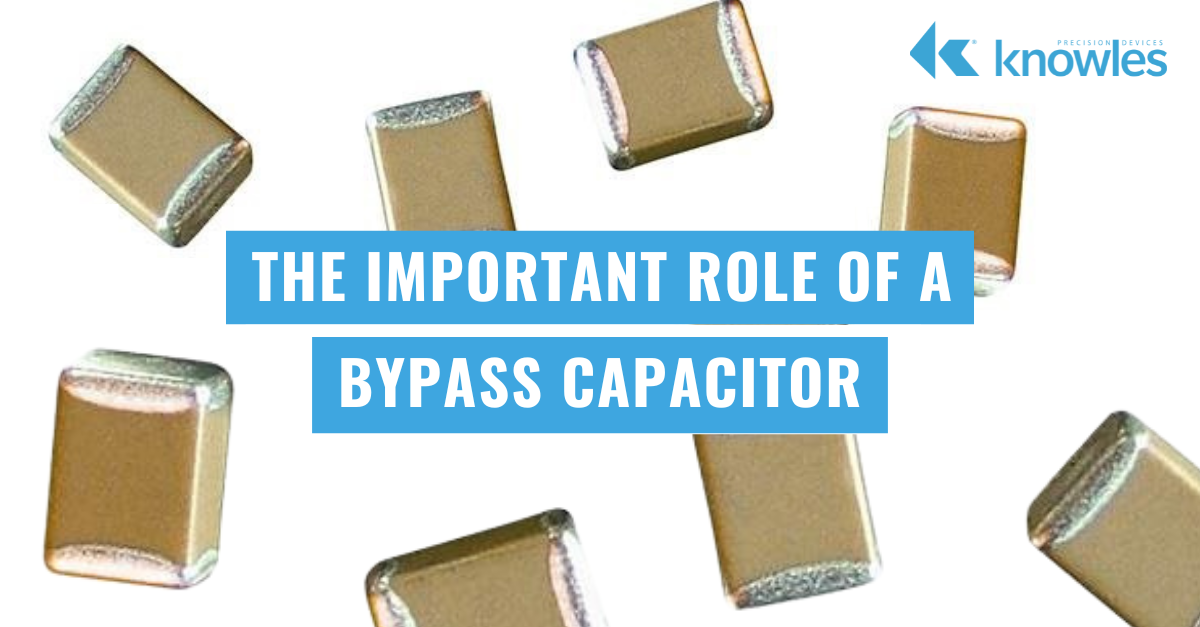Defense applications tend to operate at high voltages and wide temperature ranges. They require components with increased efficiency, reduced size, and high power density. Because a wideband gap (WBG) semiconductor embodies these characteristics, defense and aerospace systems are increasingly using Gallium Nitride (GaN) for power conversion.
Jordan Yates

Recent Posts
How Gallium Nitride (GaN) Semiconductors in Defense Power Supplies Affect Capacitor Selection
Topics: Capacitor, Military and Aerospace, High Reliability
The Role of Resonant Capacitors in Power Electronics
At a foundational level, the ability to store electric charge and more easily pass higher-frequency AC currents are two of the most identifiable properties of capacitors. However, at very high frequencies, the ideal behavior of a capacitor can be compromised. In those situations, the parasitic, resistive and inductive components of a capacitor have an outsized influence on its behavior.
Topics: Capacitor
The Importance of Safety Capacitors in Power Electronics
Safety capacitors are designed to mitigate the effects of transient voltages and interference in electrical and electronic circuits, especially high-voltage applications, ensuring their safe operation. Even everyday devices need safety capacitors: modems and other telecoms equipment, AC-DC power supplies, power distribution switchgear, and electric vehicles (EVs) and other automotive applications.
Topics: Capacitor
In power electronics, the DC link refers to the section that connects the input and output sides of the power conversion system (Figure 1). The primary function of the DC link is to store energy during the times when the input power is higher than the output power and release energy when the output power demand exceeds the input power. The DC link should include a capacitor that servers as a supporting filter to act as a buffer, minimize voltage ripples, and smooth and stabilize the power flow between various components such as rectifiers, inverters, and other converters in the power system.
Topics: Capacitor
Understanding the Crucial Role of Snubber Capacitors in Power Electronics
Large voltage spikes are common in power circuits, particularly during switching—a core action for device functionality. As a result, voltage suppression is a fundamental system requirement to protect circuits.
Enter: snubber capacitors
Topics: Capacitor
As you likely know, capacitors are used in electronic circuits to provide local energy storage and stabilize power supply voltage. Decoupling capacitors are a specific type of capacitor used to isolate or decouple two circuits. In other words, these capacitors decouple AC signals from DC signals or vice versa. Decoupling capacitors act as a buffer, supplying clean and stable power to components, which minimizes the risks of malfunctions, noise coupling, or signal integrity issues.
Topics: Capacitor
The Evolution of Electric Vehicle Battery Management Systems: From Passive to Active Cell Balancing
As electric vehicle (EV) manufacturers work to make batteries more affordable and easier to produce in mass quantities, we’re seeing changes in battery chemistry. For example, the industry is shifting from traditional lithium ion batteries with cobalt to lithium iron phosphate (LFP) batteries. Rare-earth metals like cobalt are in short supply, and materials like LFP are a more plentiful, sustainable, and efficient alternative.
Topics: Electric Vehicles
To understand what an electromagnetic interference (EMI) filter is, and what it does, we need to first know what EMI is and why it needs to be filtered. EMI refers to undesirable electromagnetic emissions or disturbances generated either by electronic devices or natural sources in the environment that can interfere with the proper functioning of other nearby devices or systems. EMI noise can propagate through power supply lines and radiate into the environment, potentially causing disruptions or malfunctions in other electronic systems. For many devices, this could cause big issues, which is why many government organizations have developed regulatory standards for electromagnetic compatibility (EMC), or when two pieces of electronic equipment can function in the same environment without adversely impacting one another.
Topics: Filtering
Understanding the Role of Ceramic Capacitors in Implantable Deep Brain Stimulators
A deep brain stimulator (DBS), also known as a neuro-stimulator, is a medical device that uses electrical stimulation to treat neurological disorders such as Parkinson's disease, essential tremor, dystonia, and obsessive-compulsive disorder (OCD). The DBS is typically implanted under the skin near the collarbone or in the abdomen, and connected to a thin wire, or lead, that runs under the skin to the targeted area of the brain as shown in Figure 1.
Electronic devices provide the tools we need to power the world. From cell phones to modern vehicles to scientific equipment to the appliances in our homes, we rely on electronics to improve and even lengthen our lives. All electronics depend on clean power, and the bypass capacitor is crucial in ensuring devices safely meet their power specifications.
Topics: Capacitor

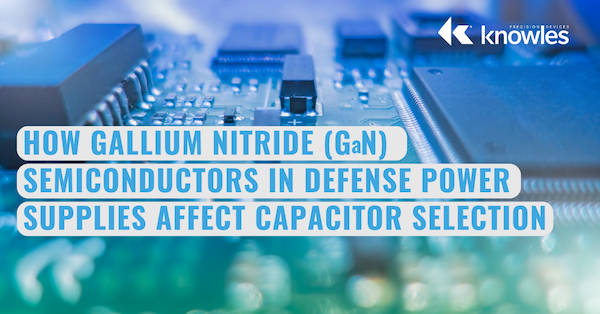
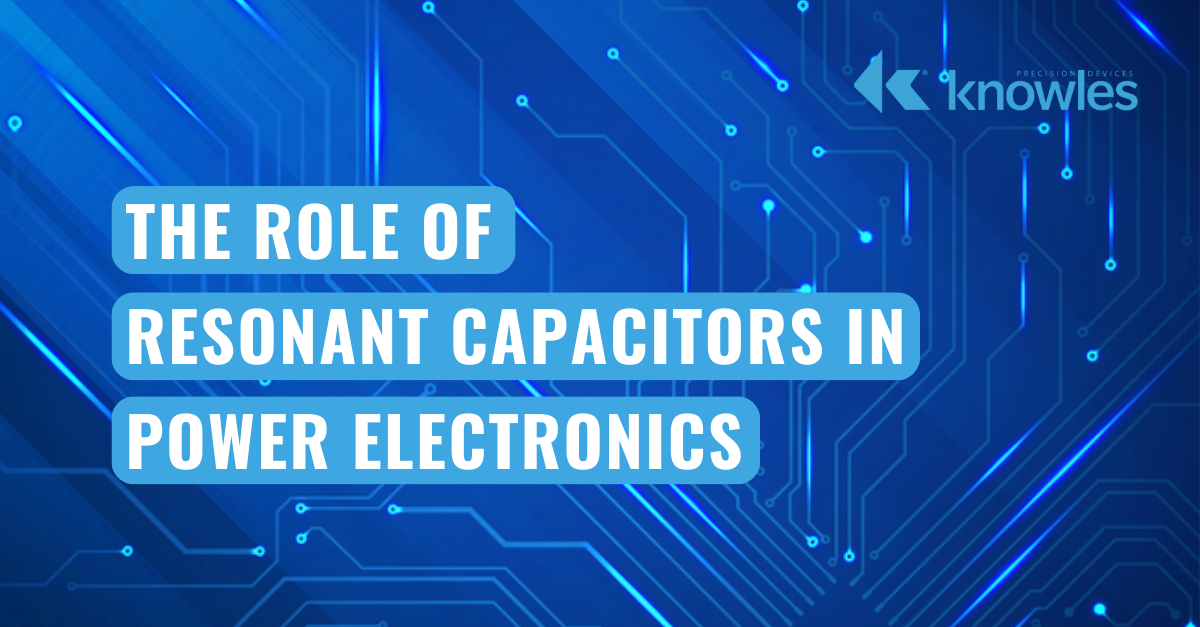
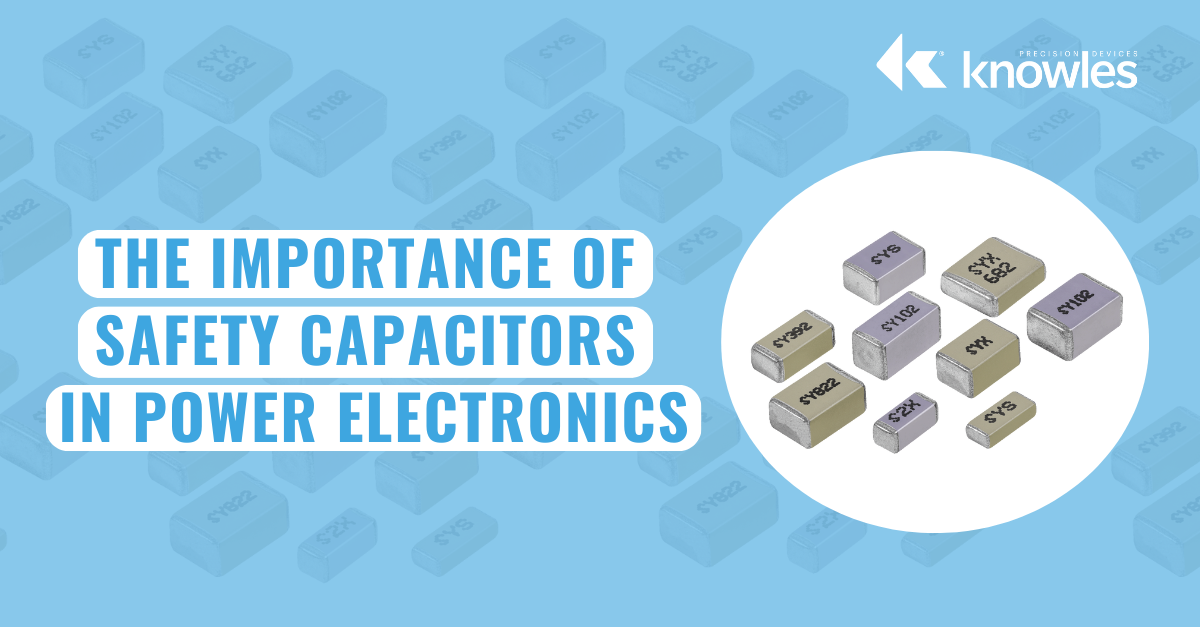

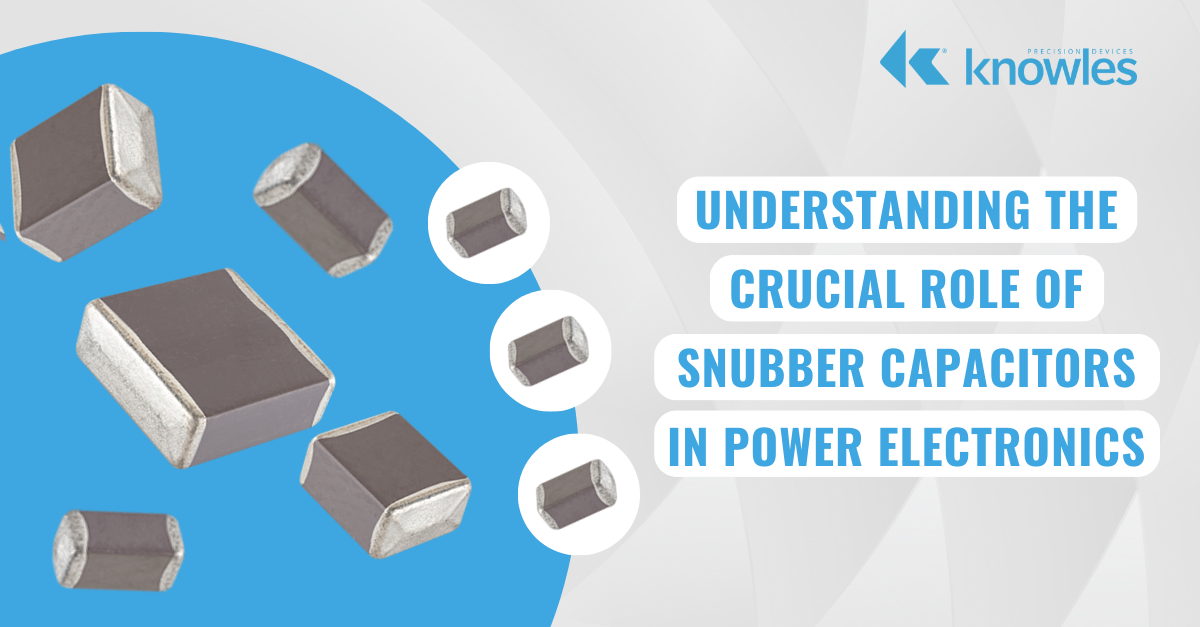
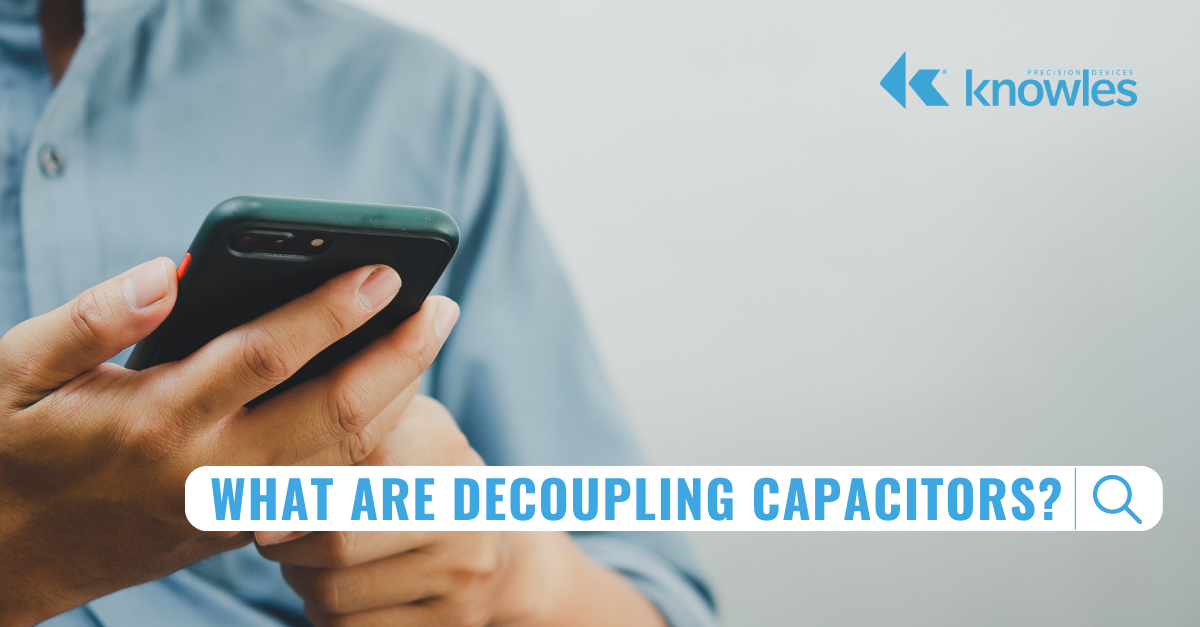
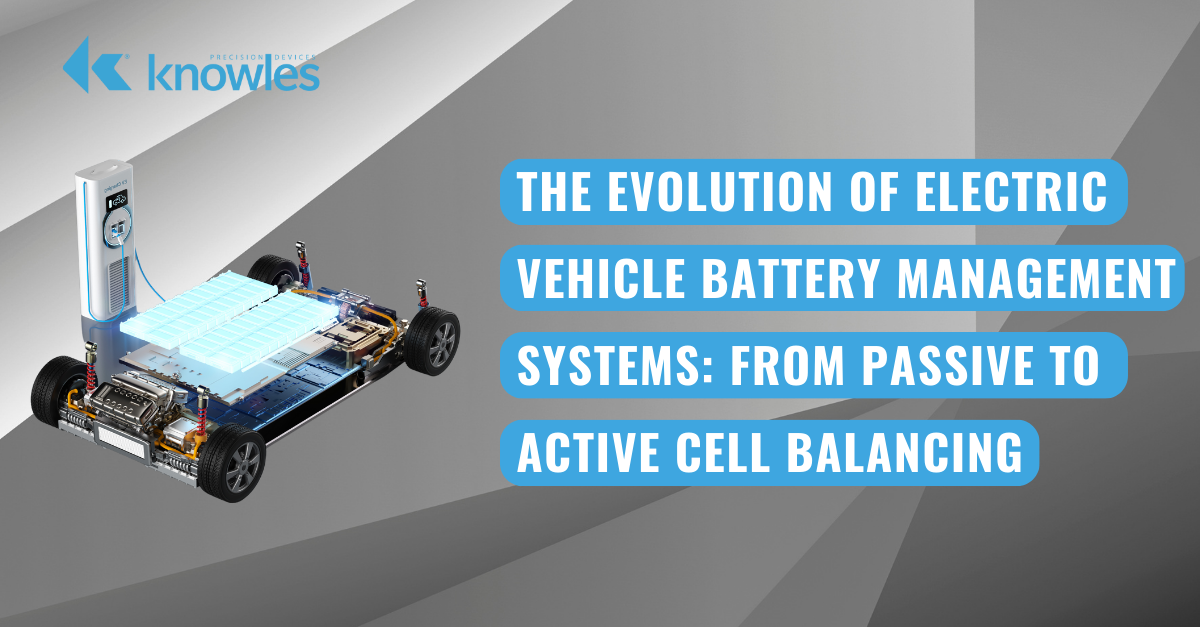
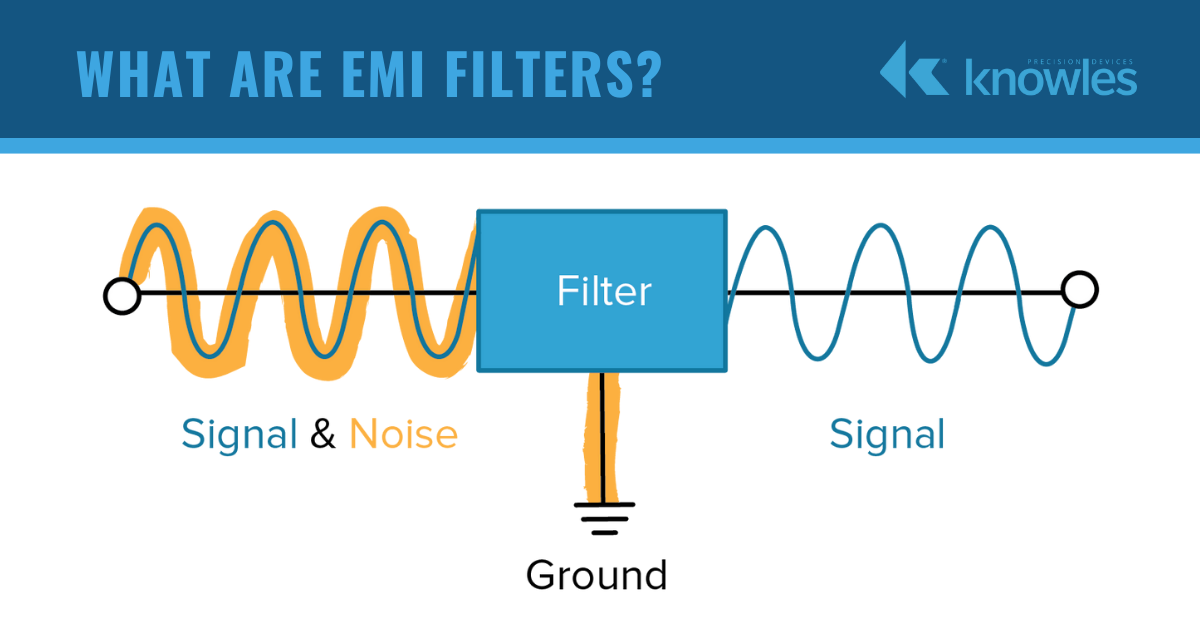
.png)
